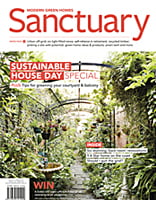Simple pleasures: saving energy in the smart home
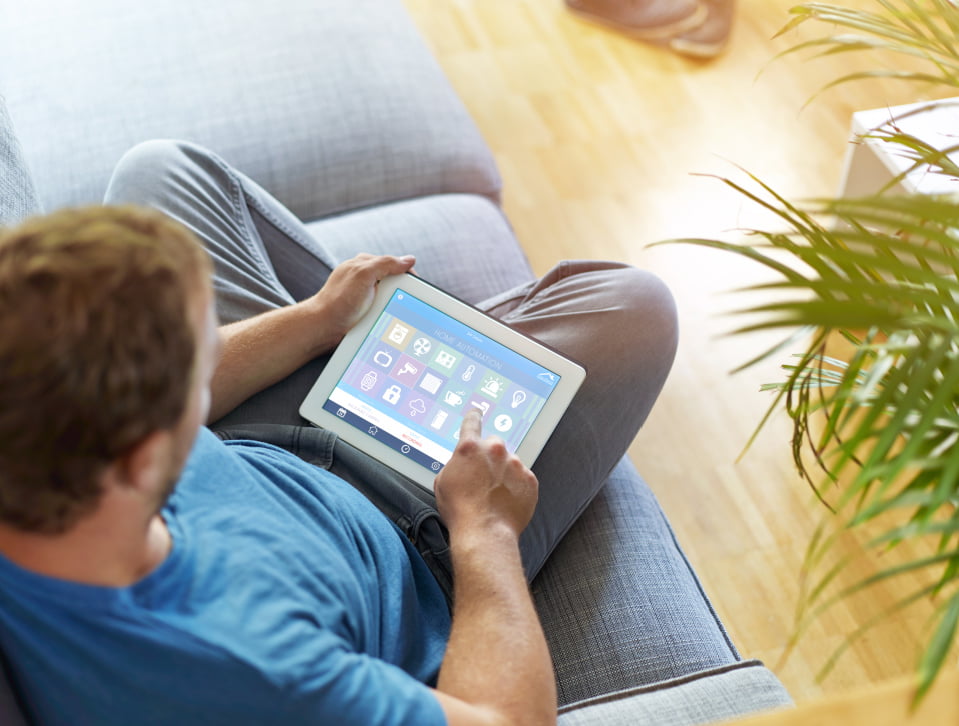
Smart tech has the potential to save energy in the home – but you need to go well beyond a product’s energy-saving claims in order to really work out if the ‘smart’ solution is in fact more effective than a ‘simple’ one.
The ‘smart’ or ‘connected’ home promises to deliver many things, one of which is substantial energy savings. Automated thermostats, blinds and windows; smart meters and energy management systems; smart appliances; and electric vehicles, are all expected to achieve more energy efficient ways of life. Additionally, on-site generation has the potential to deliver zero emission houses when combined with energy efficient design and technologies. But how do we ensure that the benevolence of energy efficiency is not co-opted to sell us more stuff and create more energy-intensive lifestyles?
In our three-year sociological project on the smart home, we are exploring how these energy reduction ambitions stack up. Our research is finding other promoted benefits of the smart home that may undermine energy savings, and lead to higher energy consumption.
One of the proposed benefits is ‘pleasance’ – a concept which home automation company Lutron describes as an ambient and aesthetic experience which brings ‘comfort, romance and peace of mind’ into the home. While somewhat elusive, pleasance refers to an electrically dependent lifestyle that enables an array of different sensory experiences in and around the home, through audio-visual devices, lighting, central heating and cooling, remote or automatic control of devices, and new indoor and outdoor spaces. Smart home articles are full of evocative ideas of pleasance, for example:
Rick presses a button on a control panel, and the lights that the children left on downstairs are shut off, the alarm system is armed, and the heat is lowered. The house even prepares for the morning. After Rick wakes up, he’ll hear the soft strains of Brazilian jazz as he steps onto the recently heated bathroom floor. When he gets out of the shower, his towel will be waiting on a warming rack (UK magazine, Good Housekeeping 2000).
This passage captures how pleasance may achieve energy efficiency (lights that turn off, heating being lowered) whilst simultaneously normalising technologies which are still considered luxuries for many Australian households (heated floors and towel racks, whole-of-house surround sound).
Measuring the energy consumption associated with pleasance has not yet been attempted, but here we sketch some ways in which the pursuit of this ideal may undermine the proposed energy benefits of smart homes.
Getting comfortable
Energy savings from smart, automated or connected thermostats, such as the Nest Learning Thermostat, are typically claimed to be in the 20 to 30 per cent range. Studies show that 10 to 12 per cent savings on heating and 15 per cent savings on cooling are more realistic but are largely dependent on previous usage patterns, which are assumed to involve maintaining the whole home at a ‘set point temperature’. ‘Savings’ are meant to come from the smart thermostat learning when to adjust this set point when people aren’t home or are sleeping, thus creating ‘effortless’ comfort and pleasance.
However, various studies of Australian households show that most people enjoy some seasonal variation in indoor temperatures, operate their heating and cooling sporadically (or at least have a few mild months without running either), and perhaps limit usage to one or two rooms. As more homes incorporate passive design principles this adaptable approach is an even more viable path to comfort and energy savings.
We also know that thermal comfort preferences are highly variable, particularly in households, where young children, teenagers, men, women, pets, plants and even some technical equipment all have different comfort expectations or requirements. The assumed desire for a universal comfortable set point could therefore result in a significant increase in energy demand in Australian households, if we all start using smart thermostats. Additionally, smart thermostats might contribute to making other ways of keeping cool or warm redundant, as the conditions that encourage adjusting one’s clothing, opening a window, or grabbing an extra blanket are removed.
Creating the right mood
Most smart home lighting combines obvious efficiencies such as LED technology with automation or enhanced control features. An entire house can be ‘turned off’ (or on) through the press of a button or sensors can automate the operation of lights depending on room occupancy. For many households, this is a big selling point.
But the pursuit of pleasance in smart home visions aims to make lighting ‘more than a commodity device hanging from your ceiling’. Lighting is attributed with new health, wellbeing and entertainment benefits, as an article in Connected Home 2015 explains: “light can do wonderful things for your body … [it can] help you relax, concentrate or re-energise.” Products such as the Philips Hue Connected Bulb reportedly allow you to “customise the colour and intensity of each bulb on the fly, so you can construct the ideal lighting scenario for falling asleep”.
Most smart lighting systems now include an array of new aesthetic settings, including self-programmable or preset ‘scenes’ involving colour and multiple light sources, with evocative names such as ‘cosy flames’, ‘snowy night’, ‘fairy woods’ and ‘disco’. Lighting scenes may integrate with audio-visual technologies and extend outside the home to create a ‘whole-of-property’ experience, involving mood-lit outdoor spaces such as gardens, pool areas and water fountains. It seems likely that pleasance lighting will negate at least some of the energy savings derived from efficiencies in lamp and automation technologies.
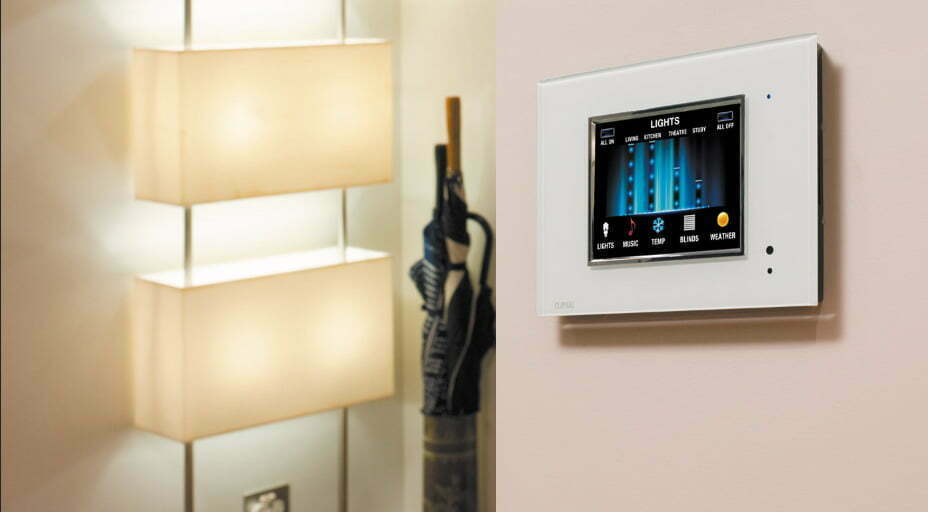
Remote control
Pleasance also involves being in control of the home, even when people are not in it. This idea extends to energy consumption. Energy monitors, switches and apps are marketed as ways to overcome laziness and forgetfulness, so that when you remember you left the heating on, you can turn it off remotely. Equally though, these devices are promoted as a way to create pleasance in advance. In a recent smart home report it was suggested: “if you want the aircon roaring before you come home, buy one of these energy monitors, plug it into the plug you connect your aircon to, add it to the app, and use the app to turn it on before you get home”.
Programmed automation of appliances can also work both ways. The television and living room lights might switch on (and off) every weeknight for occupants to watch the news. These ‘efficiencies’ rely on occupants to remember to override them when they go away or change their plans. And like other forms of remote control, they also create new opportunities to use more energy. For example, householders might switch things on remotely when they are away to create a comprehensively ‘lived in’ look intended to deter burglary.
Where to next for the smart home?
As the smart home is promoted as a way to save energy and decarbonise, we need to pay attention to the ways this vision seeks to increase our ‘wants’ and ‘needs’. Examining a smart product’s energy-saving potential is only part of the story. We also need research which investigates how new forms of pleasance are becoming normalised in the smart home, and what energy implications these hold. We have not, for example, even touched on the backend infrastructure needed to make connected lives and pleasance possible, such as data centre web servers, which are already estimated to produce as many greenhouse gas emissions as the entire airline industry.
This does not mean the smart home has nothing to offer. The performance of proven low-tech options such as passive solar design may be enhanced through the integration of smart ventilation and shading technologies. Such approaches already offer an alternative ‘smart’ counter-narrative to tightly regulated indoor temperature set points promoted by automation companies. However, households will need to keep a vigilant eye to energy saving claims and seductive smart home visions in order to keep their own vision of a sustainable home on track.
Get involved
If you live in a home with connected or automated devices and are interested in taking part in this study (or to find additional information) please check the project website.
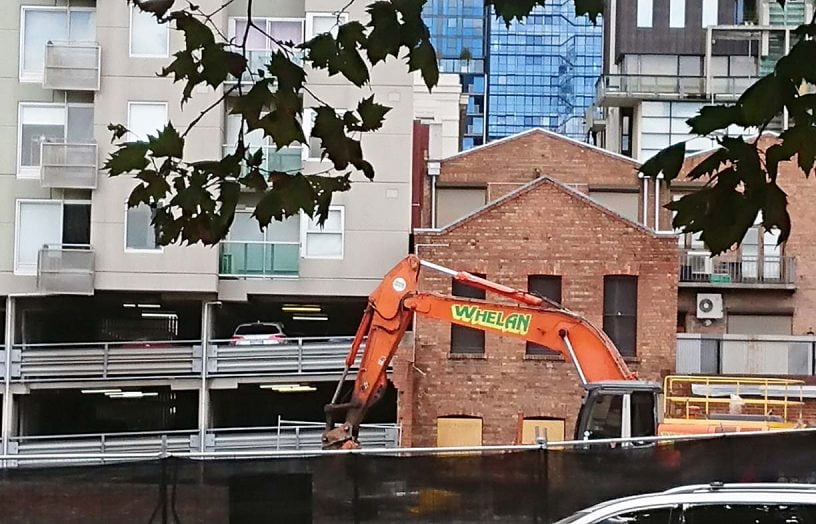 In focus
In focus
Inside the war on construction waste
Deconstructing buildings to salvage materials is less common than demolition for landfill – but could this be about to change?
Read more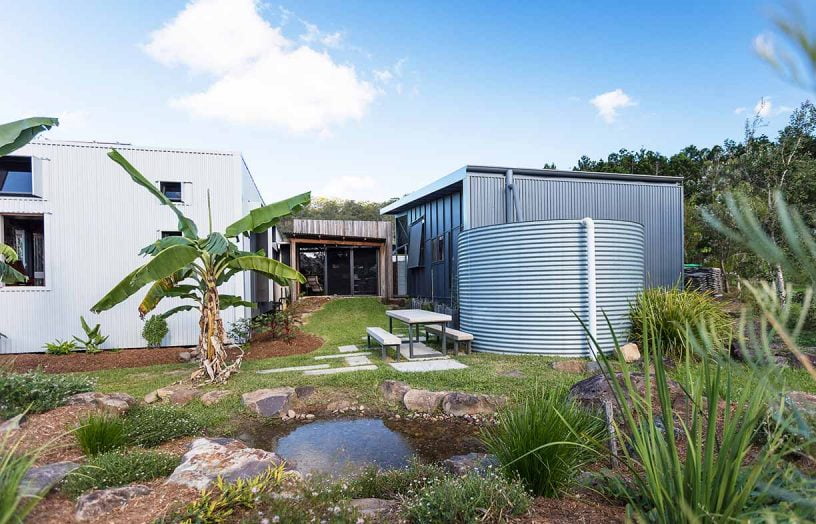 In focus
In focus
Lessons learnt
Five years ago we featured a house in the Currumbin Ecovillage on the Gold Coast that was designed using three pavilions to accommodate two households in a co-housing arrangement. How is their experiment evolving? We revisit to find out.
Read more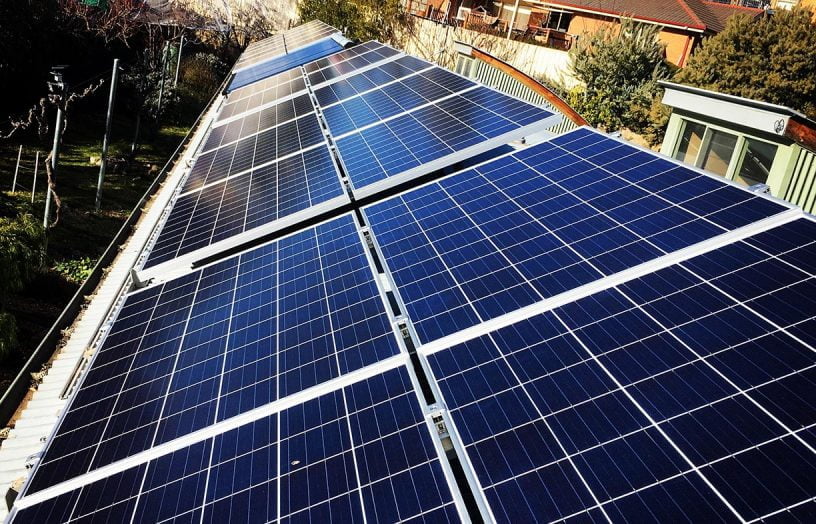 In focus
In focus
Get the most from your solar PV for summer cooling
Cooling your house using your rooftop solar system requires a bit of thought and planning, but when you get it right, the savings can be well worth it.
Read more

